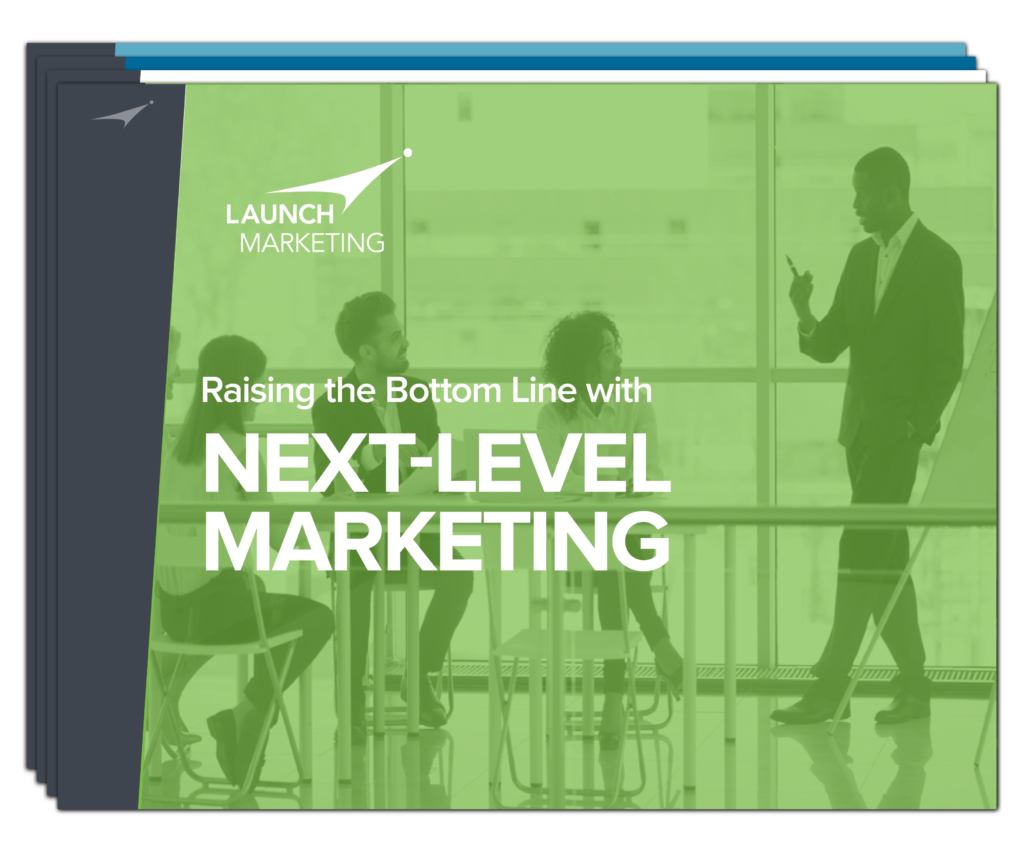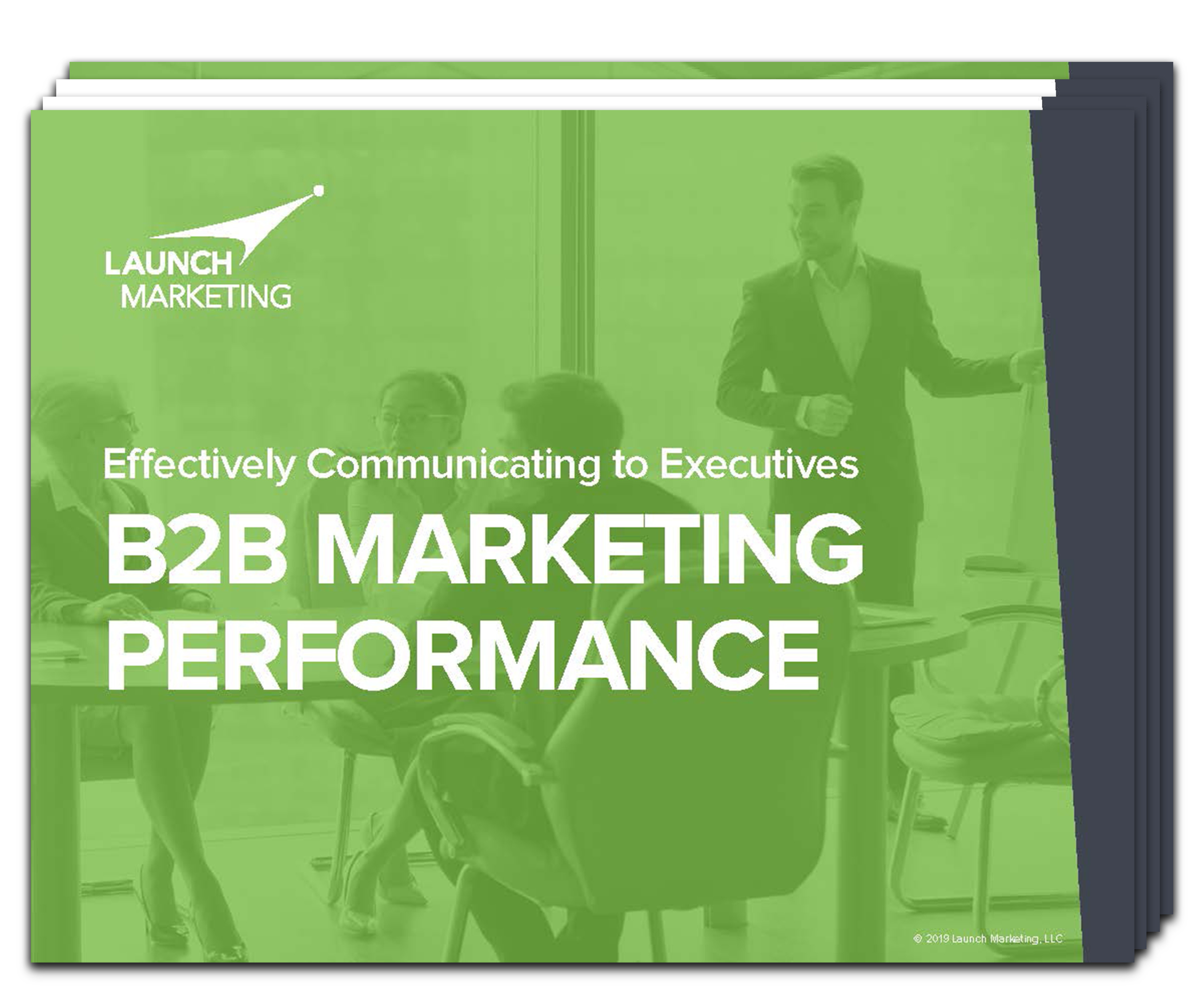
Content marketing is a must for any business in today’s digital age. In a previous blog post, we discussed how the B2B buying process is generationally shifting with consumers doing more research on their own before connecting with a company sales representative. With this shift in the sales cycle, content marketing has evolved strategically and is now focused more on ‘quality over quantity.’
How can your marketing team keep up with the demands of producing high-quality and valuable content, and what should you start doing now to improve the effectiveness of your content marketing efforts? This blog post addresses the essential steps to ensure your team is producing optimal content marketing.
Document Your Content Strategy
Before a sports team goes out onto the field for a game, there is always a strategic plan in place. Likewise, your content marketing efforts should have a plan in place by developing a comprehensive content strategy. A content strategy is defined as the thoughtful distribution of content through digital channels in order to position your organization as a thought leader in your space.
When developing your content strategy, consider the following key questions to help guide you in the right direction:
- Have you created buyer personas?
- Are you aligned with your company’s business goals?
- Do you have a process in place to test content performance?
- Is your content scalable and repurposable to maximize your efforts?
A content strategy will make planning and organizing new content types and topics easier and more streamlined.
Create a Mix of Gated and Ungated Content
There are clear benefits of both gating and not gating content, but the sweet spot is finding the right mix for your target audience to meet your lead generation goals.
Gated content is a great tactic to use by providing highly-valuable assets (i.e. an eBook or whitepaper) and ‘gating’ it behind a web form that requires visitors to provide key pieces of contact information.
To give you an idea on what content types you should consider offering behind gated landing pages, a study from Curata reported the content types that B2B buyers would be most willing to provide their contact information for:
- Webinars (79%)
- Whitepapers (76%)
- eBooks (63%)
- Third-party/analyst reports (66%).
Industry research and benchmark reports are powerful ways to position your company as an industry thought leader. And webinars are a great way to create personal connection with select prospects, as well as demonstrate your knowledge and niche expertise. As with all other aspects of your marketing efforts, consider what has worked best in the past when developing new content.
The other big secret about gated content – it makes your content seem more important and exclusive. Asking for something in return for a report, whitepaper or case study sends the unconscious message that this document, and the content inside of it are worth more than blogs or articles.
Ungated content is also beneficial for your website, as you want to also provide value to potential customers. Using only gated assets in your content marketing strategy will hinder your web visitors’ ability to easily browse your site and more ‘free’ content will keep them coming back.
Ungated content should include items such as:
- Videos
- Blogs
- Articles
- Infographics
- Case studies
It is important to have a variety of ungated content in your strategy to show the value of your organization and present yourself as a thought leader in your industry. This type of content will also encourage visitors to spend more time reading about your various offerings and grasp a better understanding of your company, without the pressure of having to provide their contact information.
Appeal to Your Audiences’ Content Consumption Habits
It’s one thing to push out eBooks, blogs, case studies and other content, but creating materials that visitors are willing to spend some time and engage with is another challenge.
Visual and video content formats have held the top spot in highest ranked assets in content marketing. Most consumers want content that is easy to digest and doesn’t require too much time, so they turn to short videos, between 1-3 minutes, and visuals such as infographics.
Eye-tracking studies show internet readers pay close attention to information-carrying-images. In fact, when the images are relevant, readers spend more time looking at the images than they do reading text on the page. This study backs the many notions and predictions that visual content will soon begin to dominate written content and become more prevalent within content marketing.
If you are going to focus your efforts on blogs and articles, consider the following questions to learn more about your audience first:
- What content is your audience interacting with most frequently?
- About how much time do they spend on a page or article?
- What links do visitors click on?
- How do visitors find your blog posts and articles?
These answers will help you tailor not only your individual content pieces but also your overall content marketing strategy to match the wants and interests of those visiting your site.
Don’t Neglect Your Brand
Your organization’s brand is the pulse of your company and should be apparent in everything that is published. Your brand perception can be enhanced by your content marketing efforts through voice, stylistic choices and visual publications.
You can insert your brand into your content marketing effort by developing a documented corporate style guide. This will provide clear guidelines on communication, design and voice/tone for your organization to follow and ensure brand consistency when developing all of the types of content pieces we’ve discussed.
If you’re interested in more marketing expertise, follow us on Twitter, Facebook and LinkedIn or, request a free consultation with a Launch Marketing expert today.


There is one comment